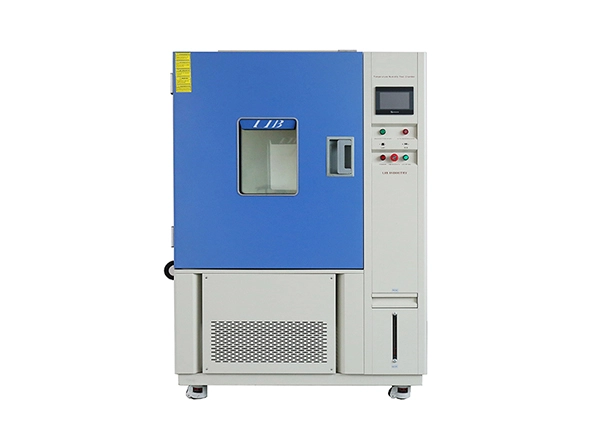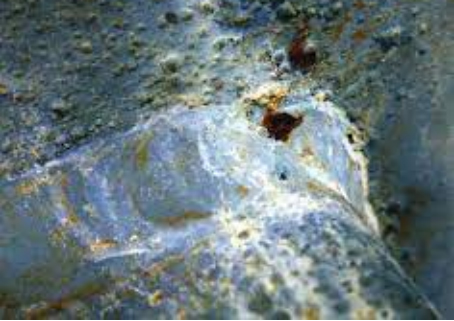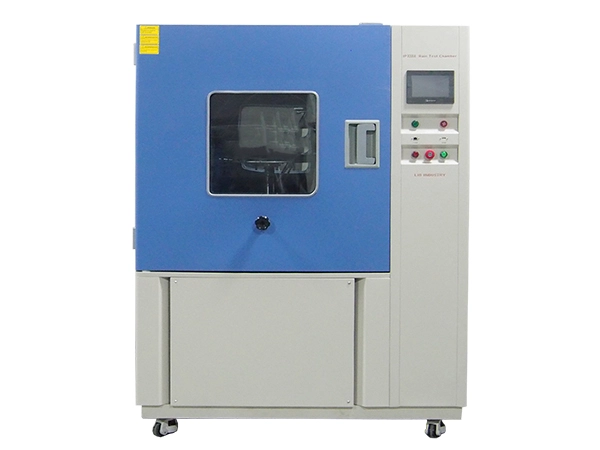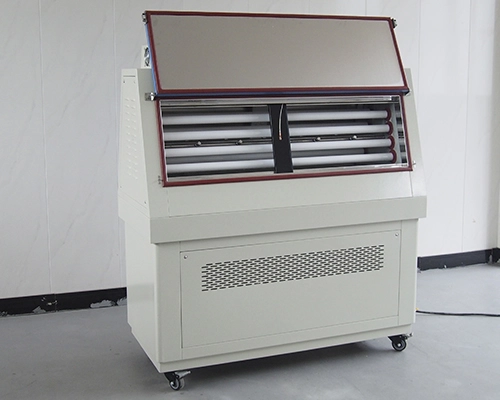


Have you ever encountered any of the following problems:
What kind of sample is suitable for salt spray testing?
1h salt spray is equal to natural corrosion time?
There are many evaluation methods for salt spray results, and many types of salt spray test chamber. How should I choose them?
What are the influencing factors in the salt spray testing process?
Let LIB give you the answers to this article and see what else you don't know about salt spray testing?
Salt spray corrosion is one of the most common and destructive atmospheric corrosion. Oxygen, humidity, temperature change and pollutants in the atmosphere all constitute the relevant corrosion components and factors.
The corrosion of metal materials by salt spray is mainly caused by the infiltration of conductive salt solution into the metal and the electrochemical reaction occurs, forming a “low-potential metal-electrolyte solution-high-potential impurity” microbattery system, and electron transfer occurs.
Salt spray corrosion damage process plays a major role is the chloride ion. It has a strong penetrating ability, easy to penetrate the metal oxide layer into the metal interior, destroy the metal's blunt state. At the same time, the chloride ion has a very small hydration energy, easily adsorbed on the surface of the metal, replacing the oxygen in the oxide layer that protects the metal, so that the metal is damaged.
In addition to chloride ions, salt spray corrosion mechanism is also affected by oxygen that is dissolved in the salt solution (in essence, the salt liquid film dissolved on the surface of the specimen). Oxygen can cause the depolarization process of the metal surface, accelerating the dissolution of the anode metal. This is due to the continuous spraying during the salt spray test, constantly settling on the surface of the specimen salt liquid film, so that the oxygen content is always maintained in a state close to saturation. The formation of corrosion products, so that the volume of the salt solution infiltrated into the metal defects swell, therefore increasing the internal stress of the metal, causing stress corrosion, resulting in the protective layer bulge.
Salt spray corrosion is a common problem in coastal areas where saltwater is present. The main hazard of salt spray corrosion is the damage it can cause to metal structures and equipment. Corrosion weakens metal, which can cause it to fail and break. Salt spray corrosion can affect anything from cars to ships, bridges to buildings. It can also lead to higher maintenance costs and lower cost-effectiveness. Some electronic components and electrical circuits, caused by corrosion and interruption of power lines, especially in environments with vibration, are particularly serious.
Salt spray corrosion test is divided into two categories, one for the natural environment exposure test, the other for the artificial accelerated simulation of salt spray environment test. Compared with the natural environment, artificial salt spray increases the concentration of chlorides and the corrosion rate is greatly increased.
Neutral salt spray test [NSS]
Under normal circumstances, it uses 5% sodium chloride brine solution, and the PH value of the solution is adjusted in the neutral range (6.5 ~ 7.2) as a spray solution.
Acetate spray test [ASS]
It is to add some glacial acetic acid to 5% sodium chloride solution, so that the PH value of the solution is reduced to about 3, and the solution becomes acidic.
Copper salt accelerated acetate spray test [CASS]
The test temperature was 50℃, and a small amount of copper salt – copper chloride was added to the salt solution, which strongly induced corrosion.
Alternating salt spray test
It's actually a neutral salt spray test plus a constant wet heat test.
The main factors impacting the results of salt spray test include: test temperature and humidity, concentration of salt solution, sample placement angle, pH value of salt solution, salt spray deposition and spray method, etc.
Temperature Range: Ambient ~ +60 ℃
Temperature Fluctuation: ± 0.5 ℃
Temperature Deviation: ± 2.0 ℃
Humidity Range: 95% ~ 98% RH
Salt Fog Deposition: 1~2ml / 80 cm2 · h
Spray Type: Continuous / Periodic
Standard Configuration: 6 round bars and 5 V-shaped grooves
Power Supply: 220V 50Hz
Standard: ASTMB117, ISO9227
LIB is one of the largest salt spray chamber manufacturers, with a professional design and manufacturing team. Please tell us about your requirements, let us help you.
 English
English русский
русский français
français العربية
العربية Deutsch
Deutsch Español
Español 한국어
한국어 italiano
italiano tiếng việt
tiếng việt ไทย
ไทย Indonesia
Indonesia


